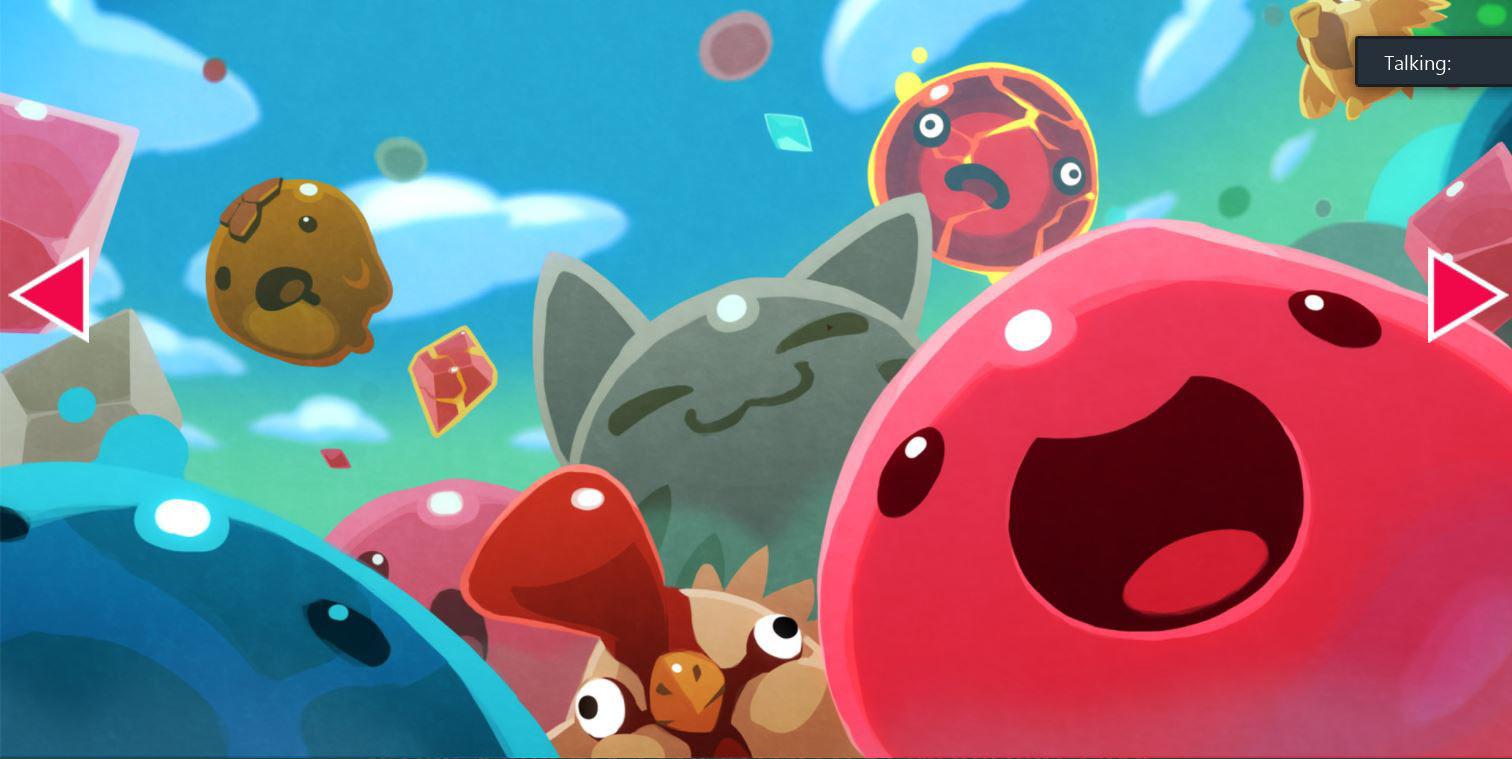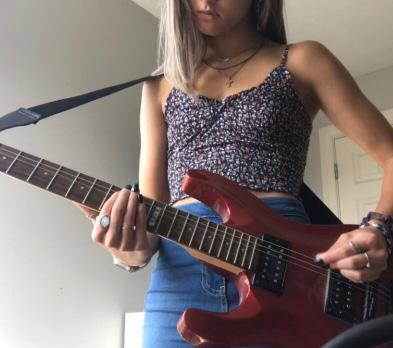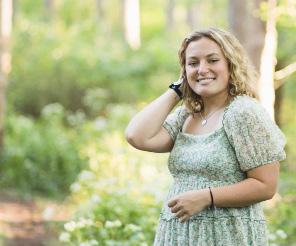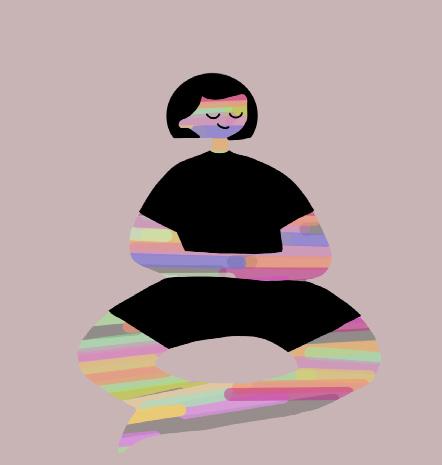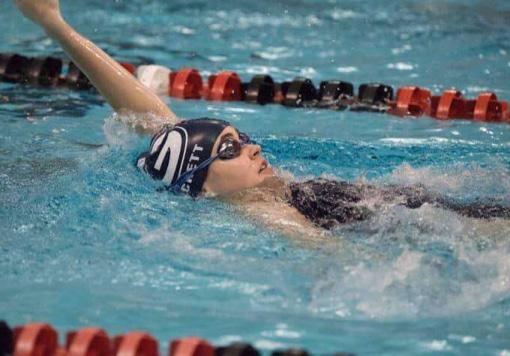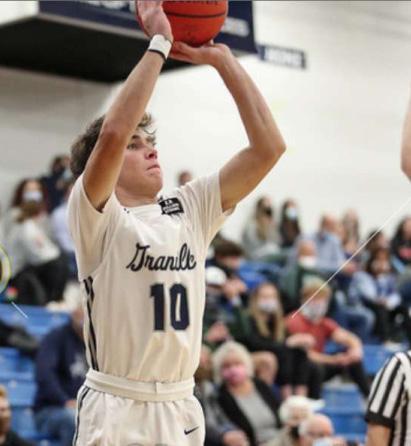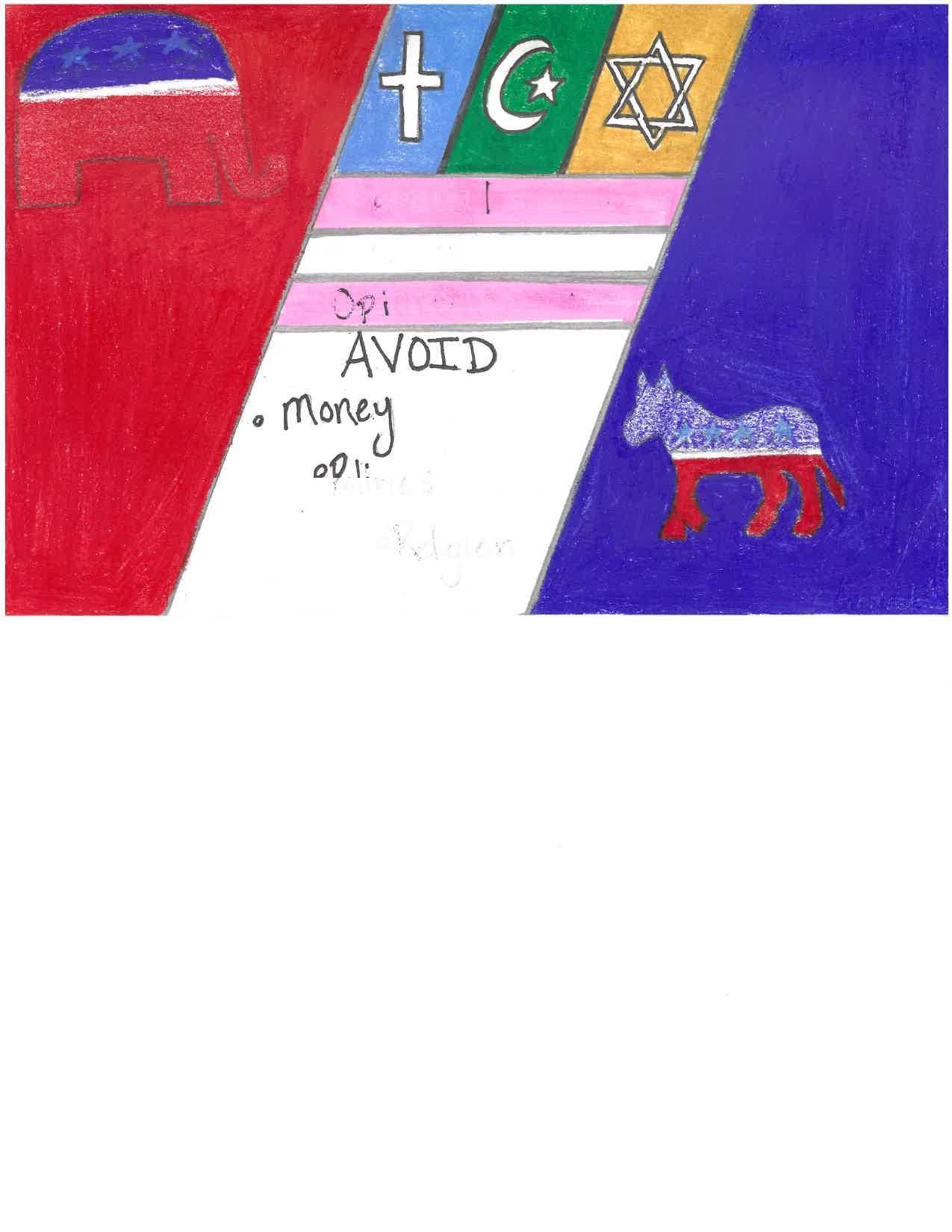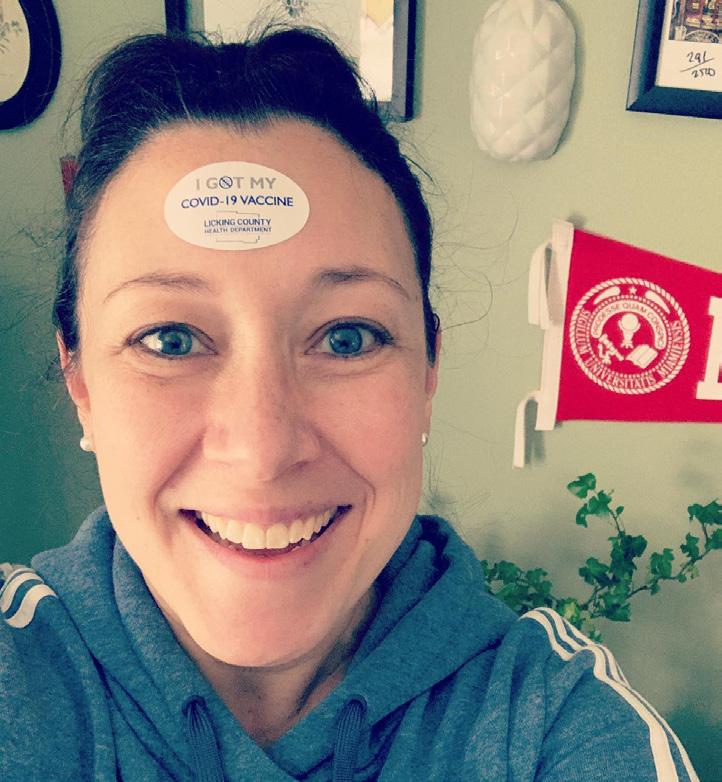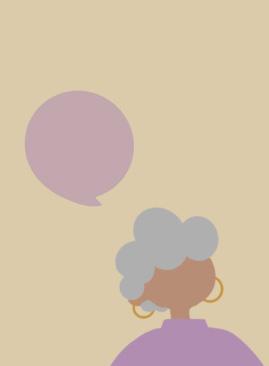The embodiment of ADHD by Kennedy Ogden
The difference on letter makes The differences between ADHD and ADD, and the challenges those disorders pose to those who struggle with them
A
BY KAMRYN KIRHAM DHD is one of the most misunderstood learning disabilities. This complex neurodevelopmental disorder affects about 4% of American Adults and even more kids. People at any age can struggle with ADHD. But what many people do not know is that there are actually three types of ADHD: attention deficit/hyperactivity disorde, attention deficit disorder and the combined type. When people think of a kid with ADHD they tend to think of a kid who can’t stay still or con-
18 BLUEPRINTS WINTER 2021
stantly interrupts. While that is the case for some kids, many people with ADHD do not show any of these symptoms. The most well known type of ADHD is the attention deficit/hyperactivity disorder type. This type of disorder causes people to tend to have a lot of energy to the point that it causes problems according to the article ADD vs. ADHD by WebMD. They often cannot sit still and have trouble with following directions. “ADHD has definitely caused many challenges in my life, but at least there is medication to help me,” freshman
Samantha Flowers* said. This type of learning disorder is often the easiest to recognize out of the three types of ADHD because of the more visible symptoms. Many kids are able to get diagnosed at a young age and are able to take medication to help fix the chemical imbalance in their brains that cause it. One of the harder to recognize types of ADHD is the attention deficit disorder type, also known as ADD. People with this type of ADHD tend to be more on the quiet side, often seen as “in their own world.” These people struggle with staying focused, organization, excessive daydreaming, long tasks, listening when spoken directly to, and following directions according to WebMD. Many people with ADD go undiagnosed because of their more subtle symptoms. “I was not able to get diagnosed till I was in my late years of highschool because many teachers were not aware of the ADD type and only the ADHD type,” senior Naomi Johnson* said. Once people are able to get diagnosed with this type of disorder then they are usually put on medication that helps them focus. There are other types of treatment but medication is often the most effective one. The third and final ADHD type is the combined type. This type of learning disability is just a mix of the two other ADHD categories. There are often less people with this kind of disorder because normally someone is either heavily ADHD or heavily ADD. But with that being said there are still many people who get diagnosed with the combined type. Treatment can differ depending on what each person struggles with the most. Some ways schools can help people with anytype of ADHD, is by helping them get diagnosed at a young age. This prevents people from having to struggle for years until it gets bad enough to be noticed. Also being aware that ADHD is not always hyperactive can greatly help people with the attentive type. People with ADHD can often be seen as “not bright” or “dumb” but they can actualy be quite smart, they just have a harder time focusing. *Name changed for privacy


